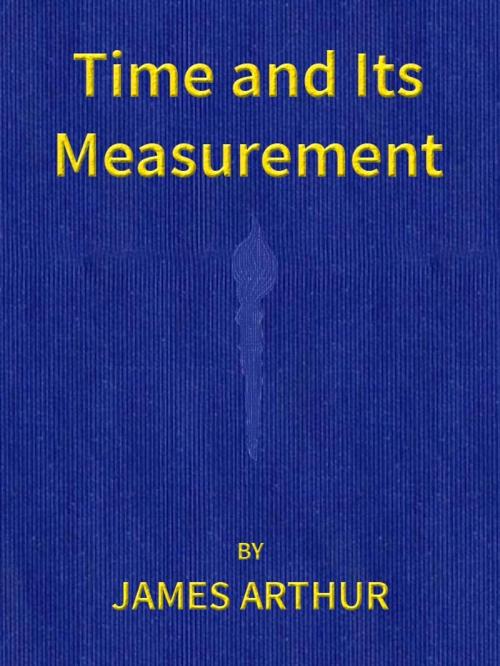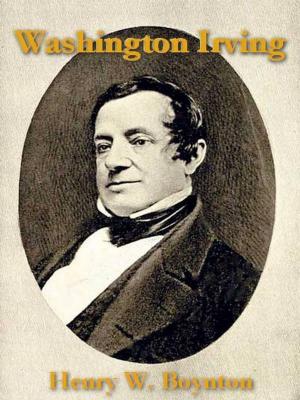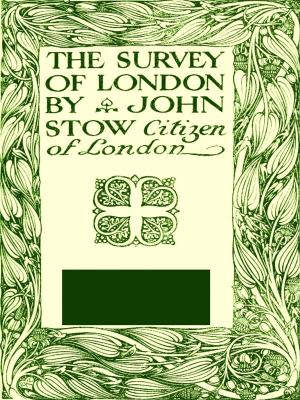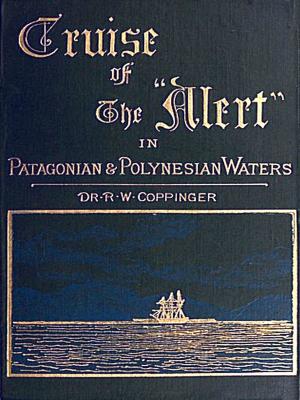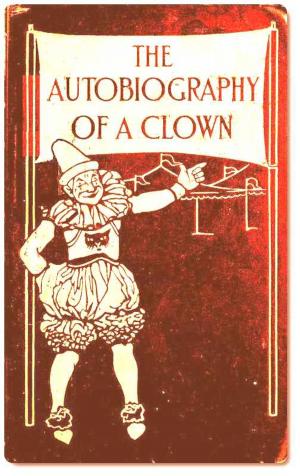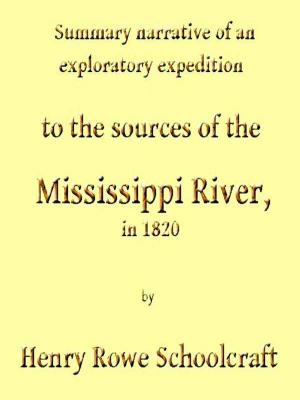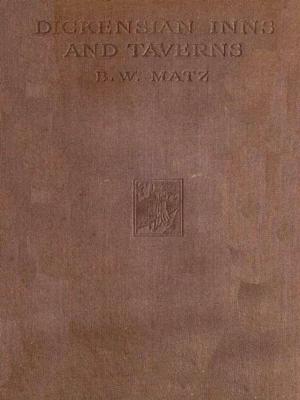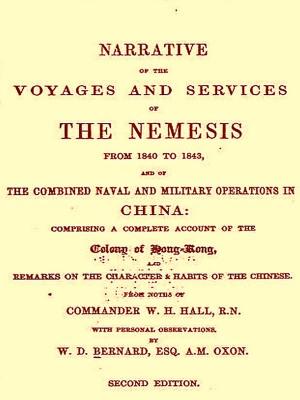| Author: | James Arthur | ISBN: | 1230000217433 |
| Publisher: | VolumesOfValue | Publication: | February 10, 2014 |
| Imprint: | Language: | English |
| Author: | James Arthur |
| ISBN: | 1230000217433 |
| Publisher: | VolumesOfValue |
| Publication: | February 10, 2014 |
| Imprint: | |
| Language: | English |
This edition features
• illustrations
• a linked Table of Contents
CONTENTS
CHAPTER I
HISTORIC OUTLINE
Time as an abstraction. — Ancient divisions of day and night. — Night watches of the Old Testament. — Quarter days and hours of the New Testament. — Shadow, or sun time. — Noon mark dials. — Ancient dials of Herculaneum and Pompeii. — Modern dials. — Equation of time. — Three historic methods of measuring time. — “Time-boy” of India. — Chinese clepsydra. — Ancient weather and time stations. — Tower of the winds, Athens, Greece
CHAPTER II
JAPANESE CLOCKS
Chinese and Japanese divisions of the day. — Hours of varying length. — Setting clocks to length of daylight. — Curved line dials. — Numbering hours backwards and strange reasons for same. — Daily names for sixty day period. — Japanese clock movements practically Dutch. — Japanese astronomical clock. — Decimal numbers very old Chinese. — Original vertical dials founded on “bamboo stick” of Chinese clepsydra. — Mathematics and superstition. — Mysterious disappearance of hours 1, 2, 3. — Eastern mental attitude towards time. — Japanese methods of striking hours and half hours
CHAPTER III
MODERN CLOCKS
De Vick's clock of 1364. — Original “verge” escapement. — “Anchor” and “dead beat” escapements. — “Remontoir” clock. — The pendulum. — Jeweling pallets. — Antique clock with earliest application of pendulum. — Turkish watches. — Correct designs for public clock faces. — Art work on old watches. — 24-hour watch. — Syrian and Hebrew hour numerals. — Correct method of striking hours and quarters. — Design for 24-hour dial and hands. — Curious clocks. — Inventions of the old clock-makers
CHAPTER IV
ASTRONOMICAL FOUNDATION OF TIME
Astronomical motions on which our time is founded. — Reasons for selecting the sidereal day as a basis for our 24-hour day. — Year of the seasons shorter than the zodiacal year. — Precession of the equinoxes. — Earth's rotation most uniform motion known to us. — Time stars and transits. — Local time. — The date line. — Standard time. — Beginning and ending of a day. — Proposed universal time. — Clock dial for universal time and its application to business. — Next great improvement in clocks and watches indicated. — Automatic recording of the earth's rotation. — Year of the seasons as a unit for astronomers. — General conclusions
This edition features
• illustrations
• a linked Table of Contents
CONTENTS
CHAPTER I
HISTORIC OUTLINE
Time as an abstraction. — Ancient divisions of day and night. — Night watches of the Old Testament. — Quarter days and hours of the New Testament. — Shadow, or sun time. — Noon mark dials. — Ancient dials of Herculaneum and Pompeii. — Modern dials. — Equation of time. — Three historic methods of measuring time. — “Time-boy” of India. — Chinese clepsydra. — Ancient weather and time stations. — Tower of the winds, Athens, Greece
CHAPTER II
JAPANESE CLOCKS
Chinese and Japanese divisions of the day. — Hours of varying length. — Setting clocks to length of daylight. — Curved line dials. — Numbering hours backwards and strange reasons for same. — Daily names for sixty day period. — Japanese clock movements practically Dutch. — Japanese astronomical clock. — Decimal numbers very old Chinese. — Original vertical dials founded on “bamboo stick” of Chinese clepsydra. — Mathematics and superstition. — Mysterious disappearance of hours 1, 2, 3. — Eastern mental attitude towards time. — Japanese methods of striking hours and half hours
CHAPTER III
MODERN CLOCKS
De Vick's clock of 1364. — Original “verge” escapement. — “Anchor” and “dead beat” escapements. — “Remontoir” clock. — The pendulum. — Jeweling pallets. — Antique clock with earliest application of pendulum. — Turkish watches. — Correct designs for public clock faces. — Art work on old watches. — 24-hour watch. — Syrian and Hebrew hour numerals. — Correct method of striking hours and quarters. — Design for 24-hour dial and hands. — Curious clocks. — Inventions of the old clock-makers
CHAPTER IV
ASTRONOMICAL FOUNDATION OF TIME
Astronomical motions on which our time is founded. — Reasons for selecting the sidereal day as a basis for our 24-hour day. — Year of the seasons shorter than the zodiacal year. — Precession of the equinoxes. — Earth's rotation most uniform motion known to us. — Time stars and transits. — Local time. — The date line. — Standard time. — Beginning and ending of a day. — Proposed universal time. — Clock dial for universal time and its application to business. — Next great improvement in clocks and watches indicated. — Automatic recording of the earth's rotation. — Year of the seasons as a unit for astronomers. — General conclusions
